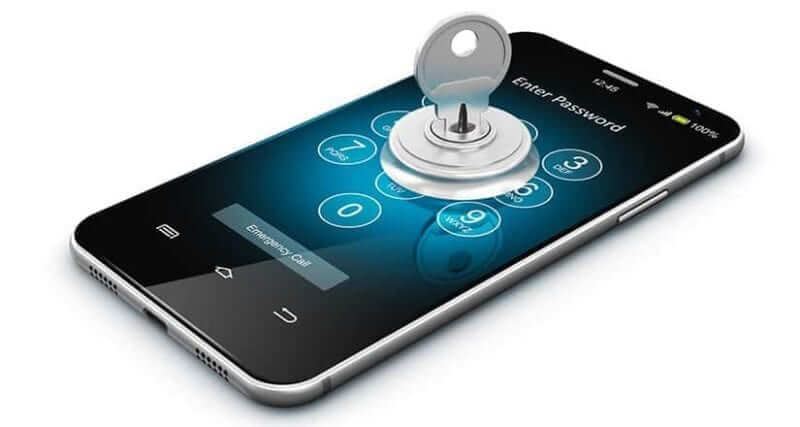
Photo Credit: https://www.overyondr.com/howitworks
One of my colleagues recently agreed to have her classroom used as a test group for a product called YONDR (pictured above). It’s a pouch that locks students’ cell phones inside with a magnet; students must then wait for the unlocking base to release them. The group of students being used as guinea pigs is a class of high schoolers in my building studying Culinary Arts; they are often prepping and cooking, so cell phones really cannot be easily used during class. It seemed that using a product like YONDR would be practical and sensible.
On the contrary, the first week of using the pouches was more than difficult. Some students flat-out refused to put their phones in the pouches and had to make trips to the principal’s office before they could come to terms with the change. Students could leave their phones in the pouches out on their desks, so they could see them, but since they couldn’t see if they were receiving notifications, some students actually started getting antsy. They were, it seemed, addicted to seeing their phones light up and had an intense need to know that people were still reaching out to them.
In the end, it took about three weeks for the whole class to finally settle into the routine of using YONDR. After talking with my colleague and a few students from the class, I started to question, more than ever, the use of cell phones in education.
What the Research Tells Us
According to a 2018 article from Psychology Today, the average teen spends upwards of 5-8 hours a day on her cell phone, when the recommended amount is only 2 hours. Beyond that, a 2013 report by the Center for Disease Controlfound that 1 in 5 kids under 18 years of age suffers from some sort of mental health issue. It wasn’t a stretch for me to begin to wonder if too much cell phone use could be contributing to mental health issues in teens. But there is little hard research to back up this general assumption.
There is one particular thing students do on their phones, though, that research has linked to depression: use social media. One recent study from the UKanalyzed data from over 10,000 teens, finding that girls reported using social media more than boys (almost twice the number, in fact.) And for teens using social media 3-5 hours per day 26% of girls and 25% of boys had more depressive symptoms than teens who used social media for only 1-3 hours per day. Exactly why too much social media leads to depressive symptoms isn’t completely clear and is likely a combination of factors, including cyberbullying, lack of sleep, body image issues, and the list goes on.
And speaking of those notifications the Culinary Arts students were so antsy to see: UCLA’s Brain Mapping Centerfound that getting “likes” on social media or getting certain other notifications has the same effect on a teen’s brain as seeing a loved one or winning money. That is pretty powerful stuff!
What We Can Do
Taking all of this research into consideration, the American Academy of Pediatrics (AAP) recommends that parents create a Family Media Plan and even offers a toolkitto help. This plan should lay out the rules and expectations for all members of the family when it comes to using phones, tablets or computers and also limits the use to less than 2 hours per day (which goes for adults as well as children.) The AAP also recommends that parents talk to their teens about safe social media use and monitor what they are doing online as much as possible. Most cell phone providers allow parents to block cell phone use (except for emergency calls), and Wi-Fi can also be blocked or restricted at home. Parents should take advantage of these restrictions if their teens are struggling to set boundaries with technology.
As teachers we can consider how cell phones contribute to learning in our classrooms. There are definitely times when I have had students use certain apps in my Language Arts classroom for engaging activities that enhanced their learning. However, if cell phone use could lead to an unsafe or unsanitary situation (in the case of the Culinary Arts class), or if they will be detrimental to learning, then they must be put away…end of story.
I spoke to three of the Culinary Arts students in preparation for writing this piece. I asked them to be honest with me about how not having access to their cell phones during class affected them. One said she still didn’t like it and wished they would stop using the pouches. But the other two begrudgingly admitted to likingthe restrictions. One said, “To be honest, I don’t pay attention when I have access to my phone, so it’s probably a good thing I can’t use it during class.” The other student admitted to being “completely addicted” to her phone and actually said it was a “relief” to not have to worry about checking her notifications for an hour and a half each day while she was in class. I think both of those responses speak volumes, and have encouraged me to consider embracing creative ways of limiting cell phone use at school.
- Megan Panek





